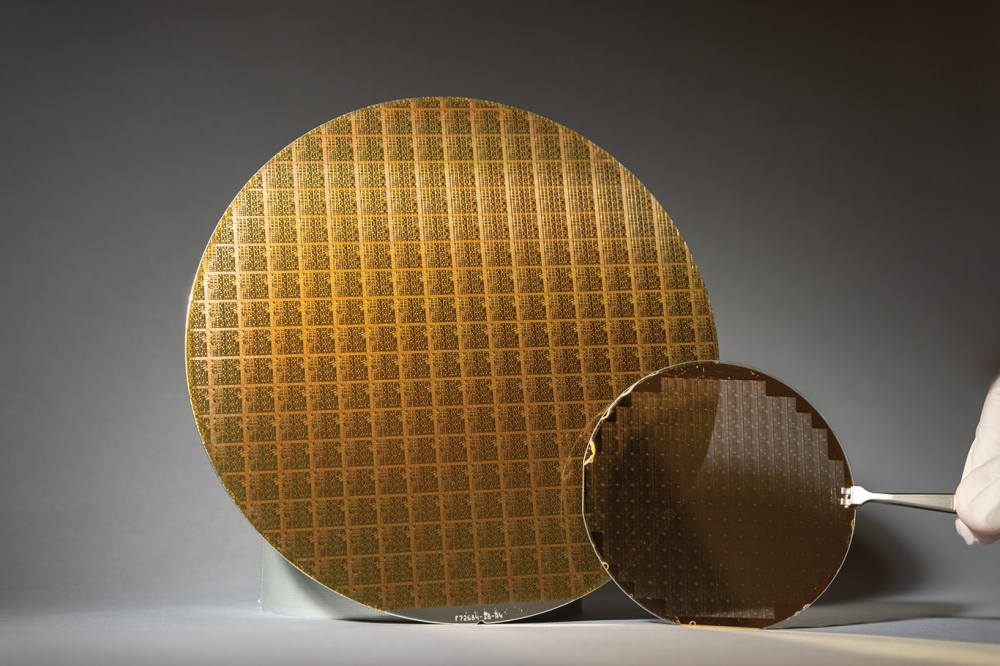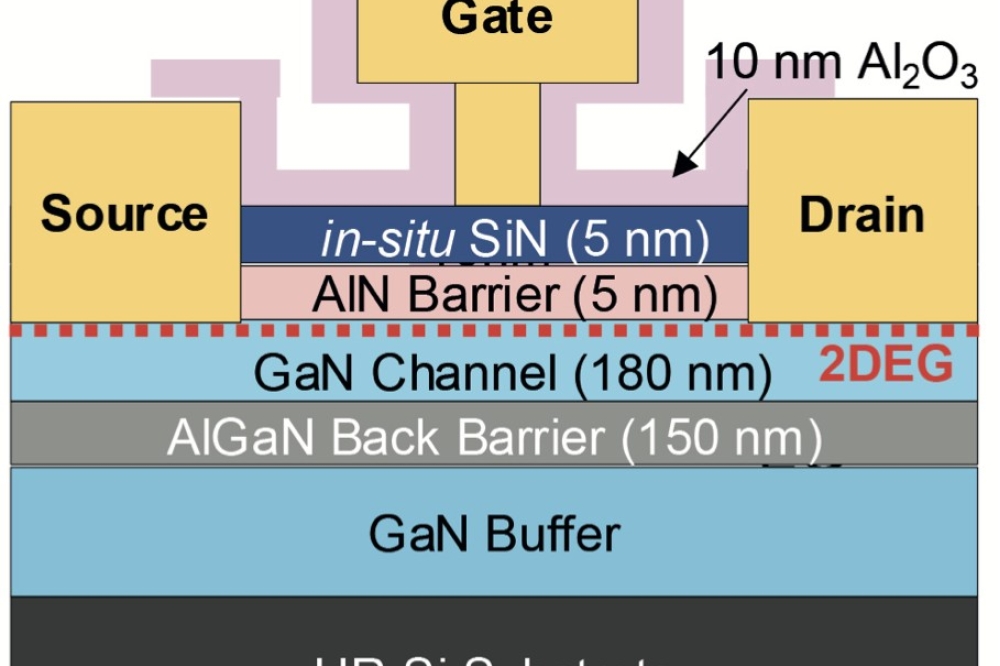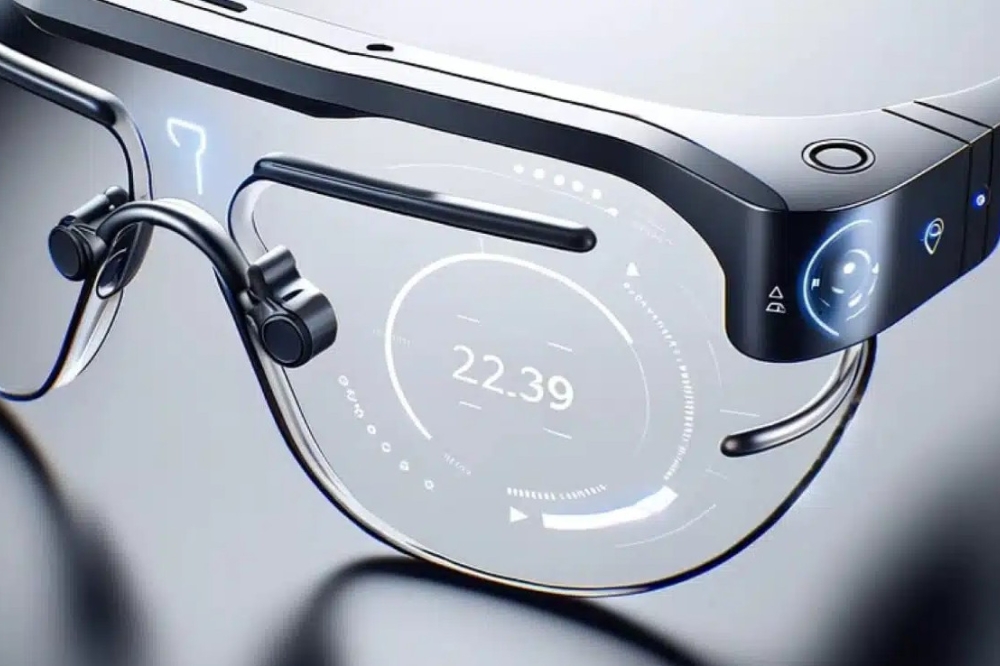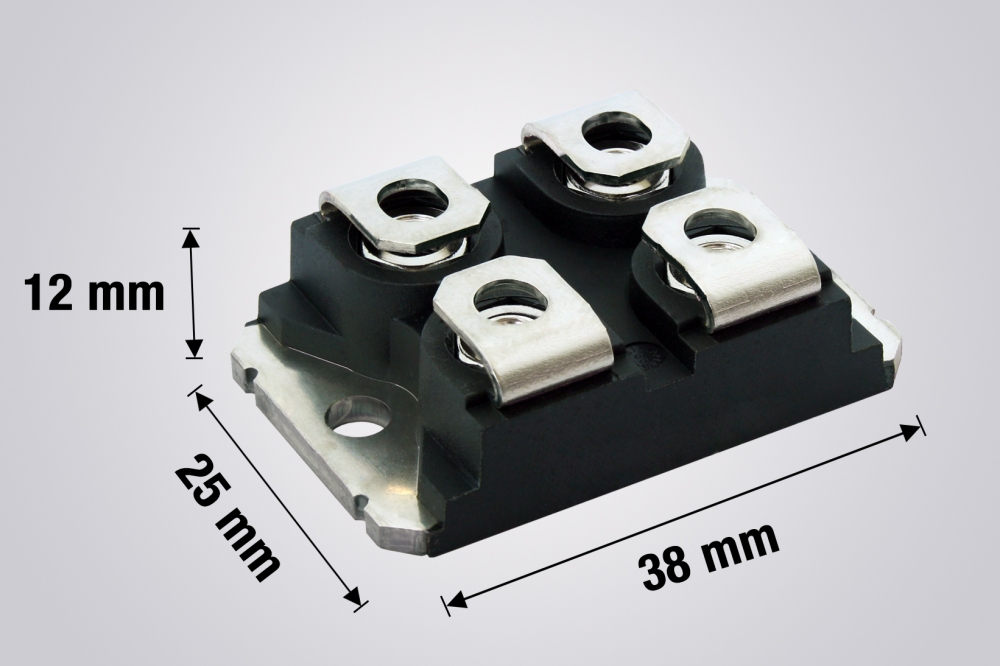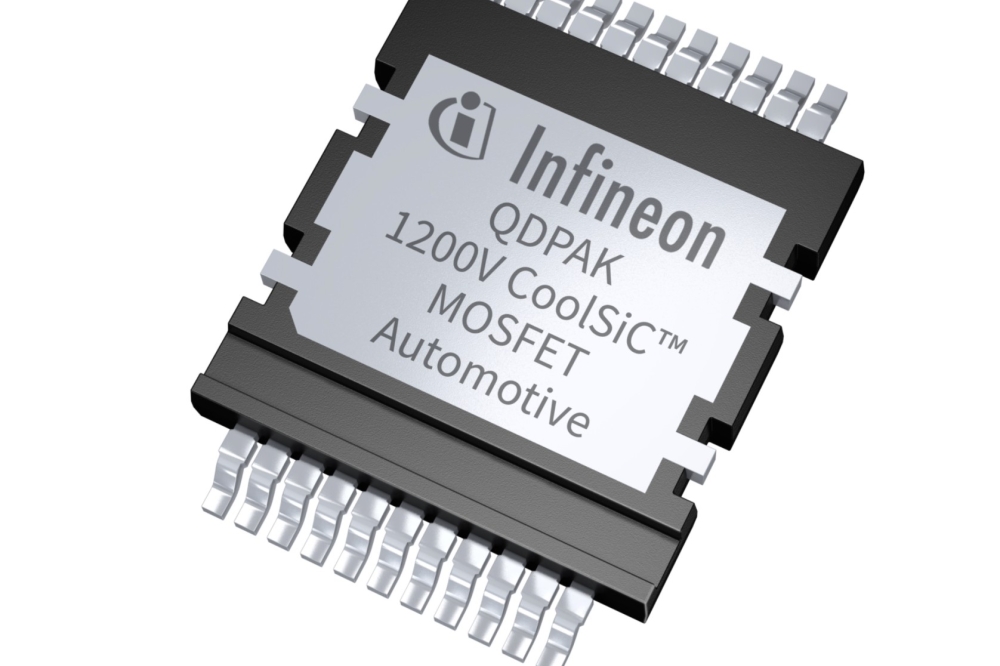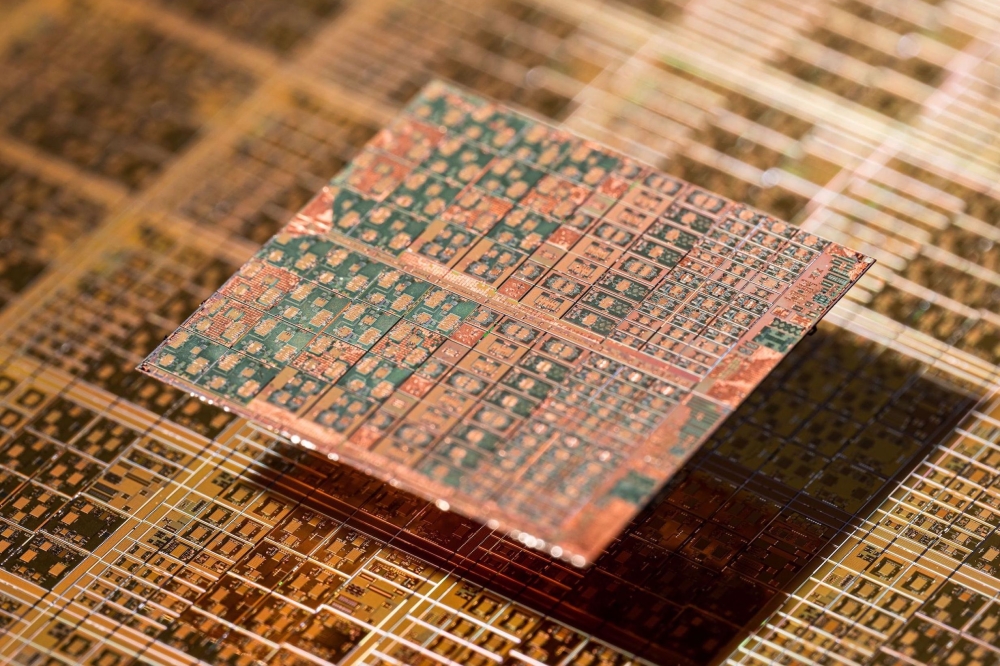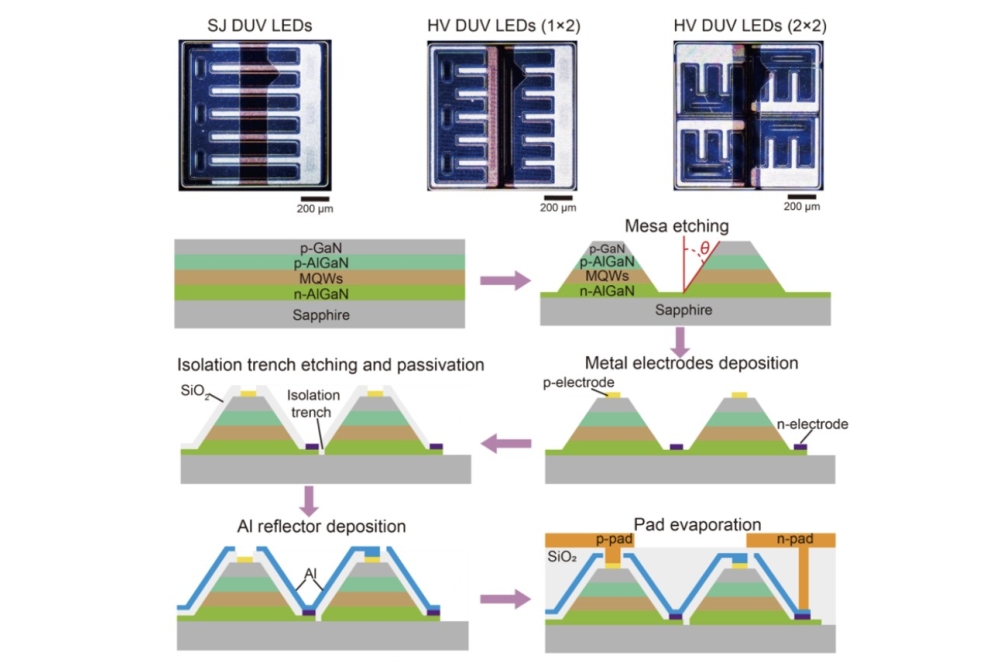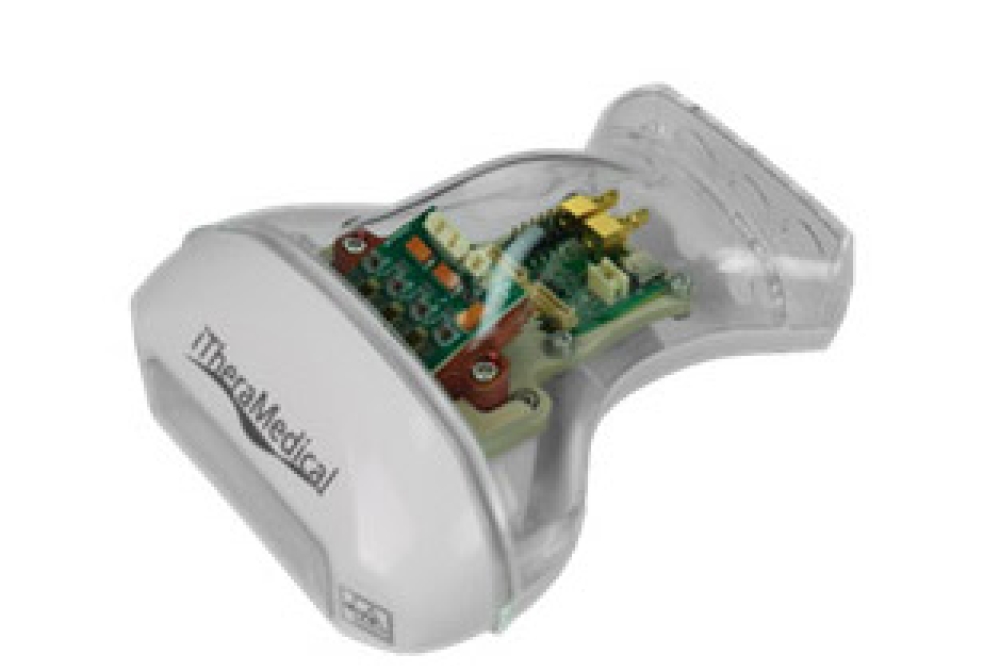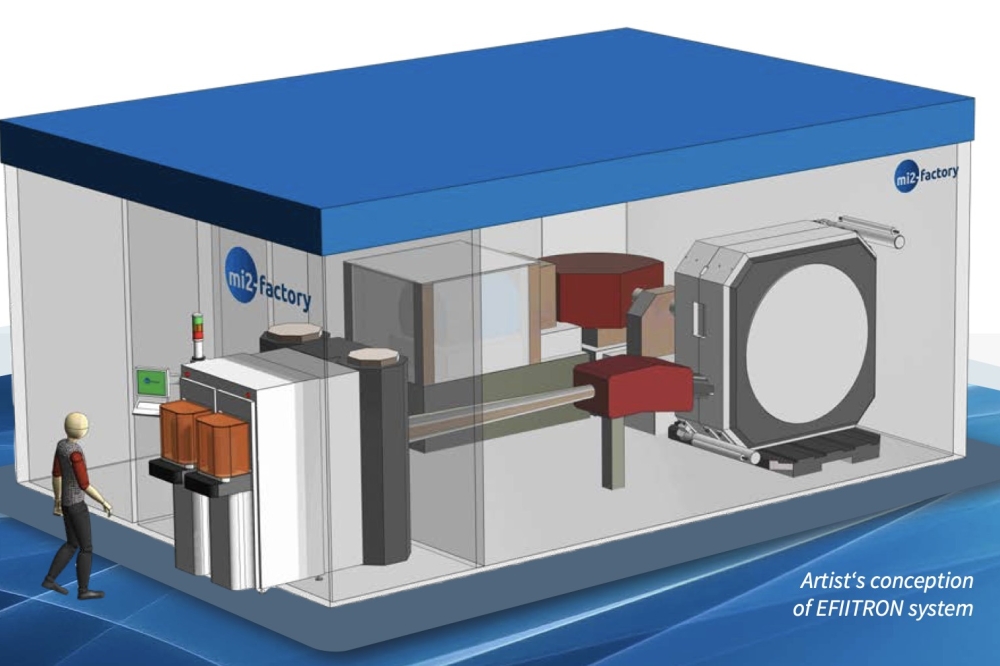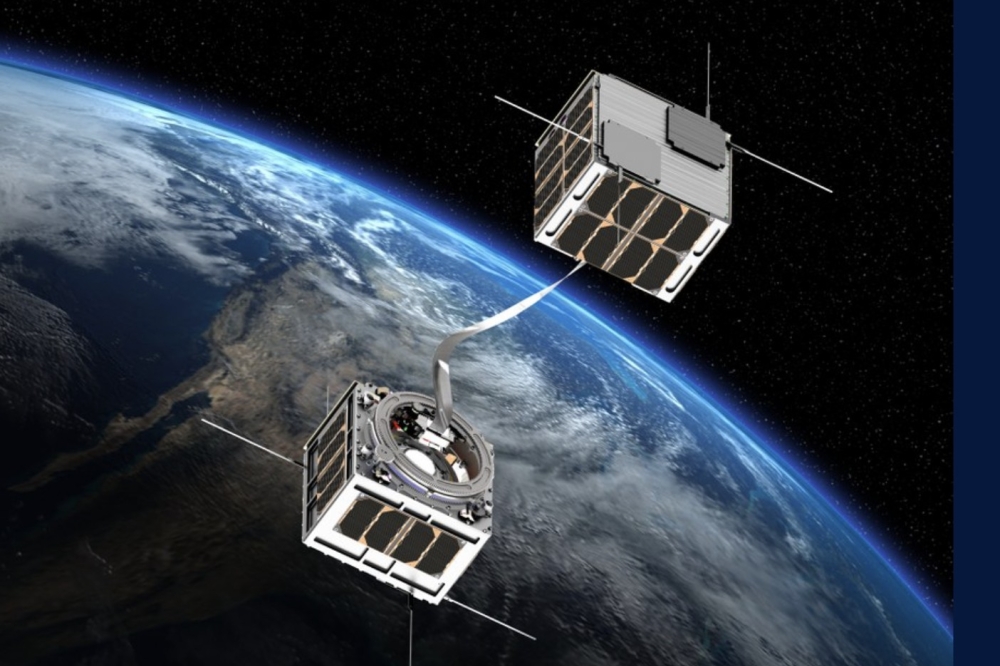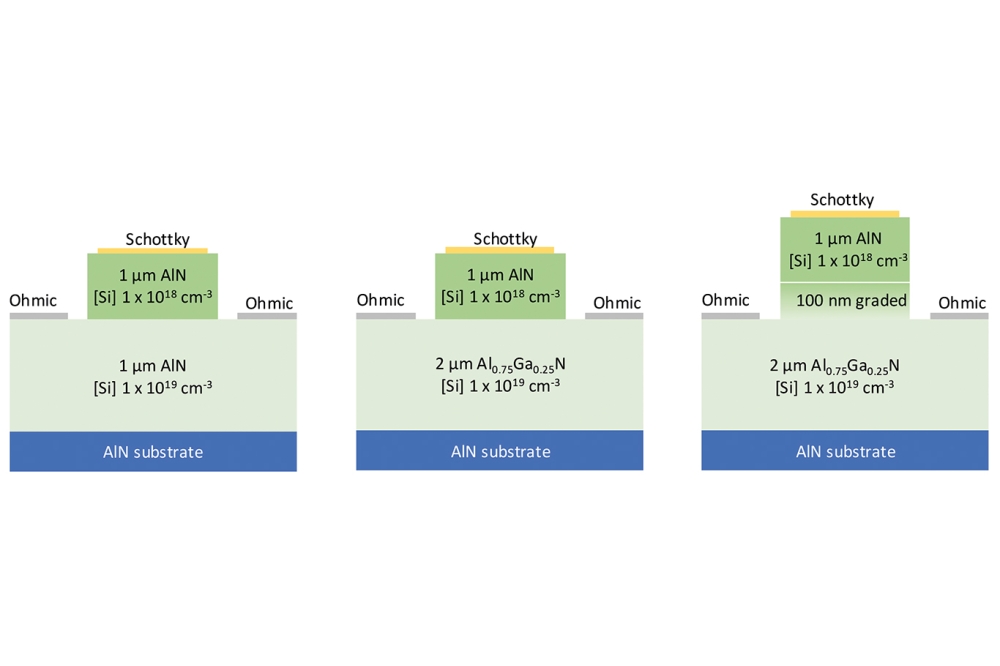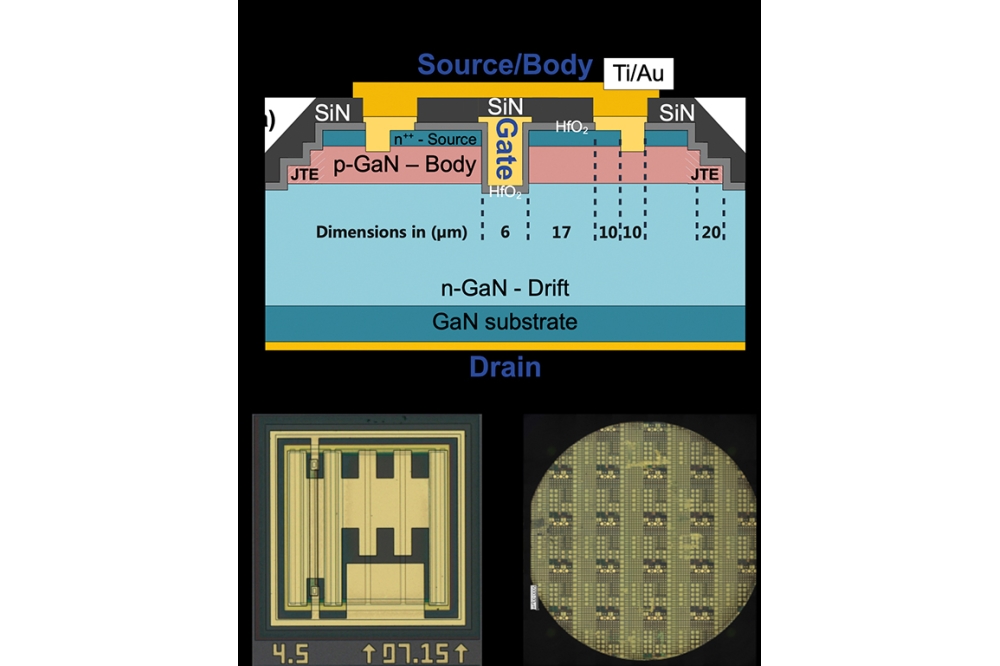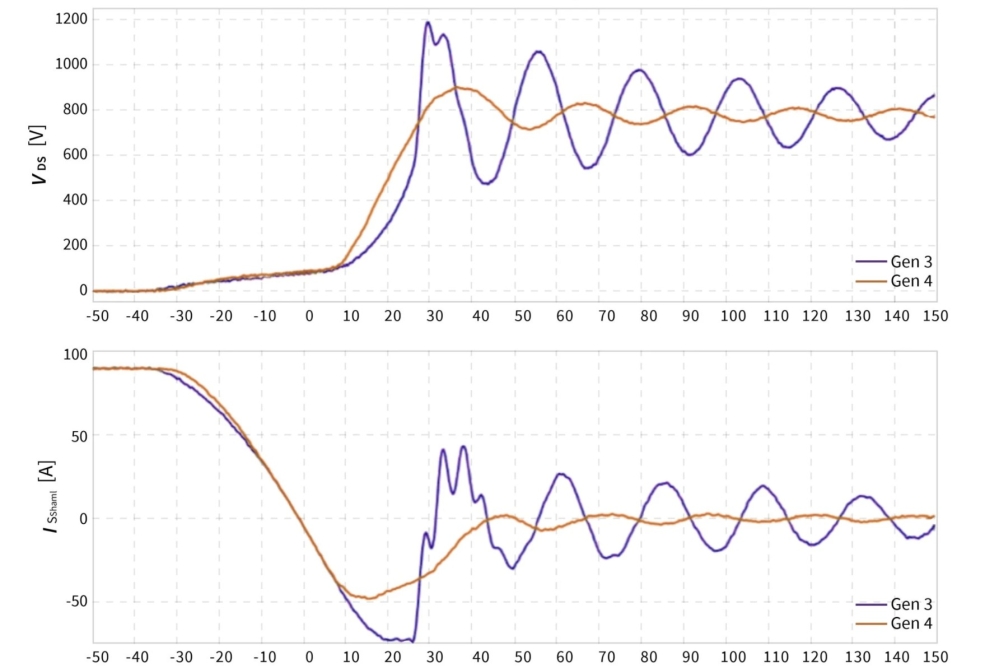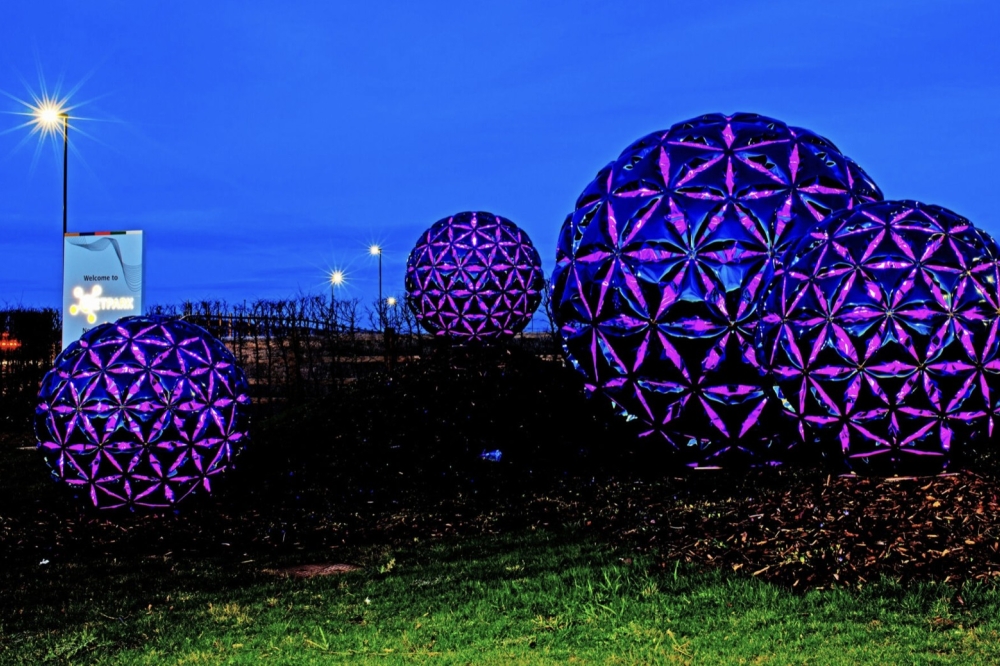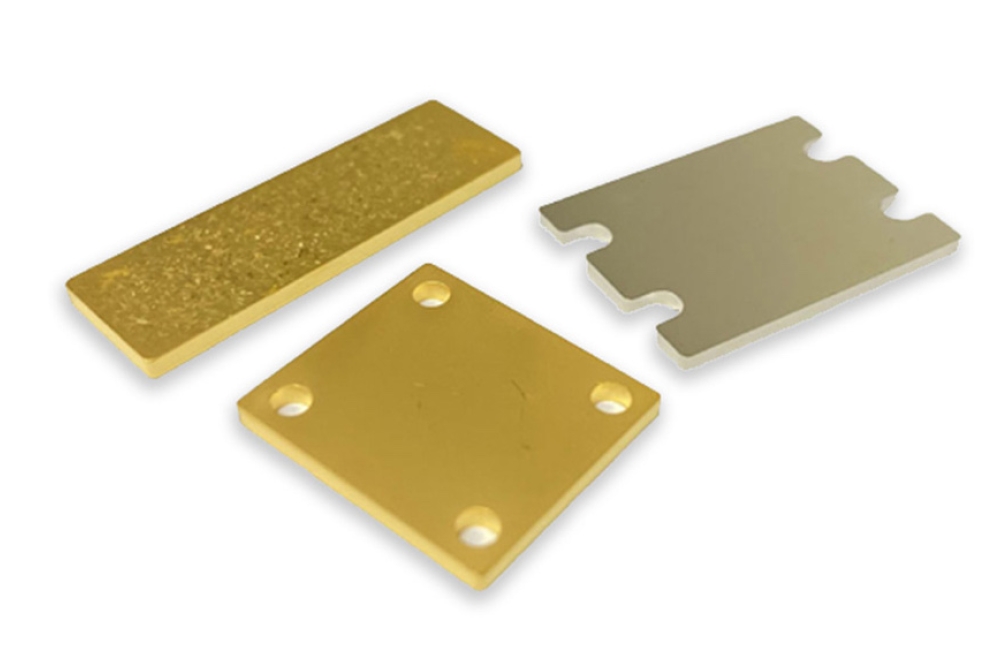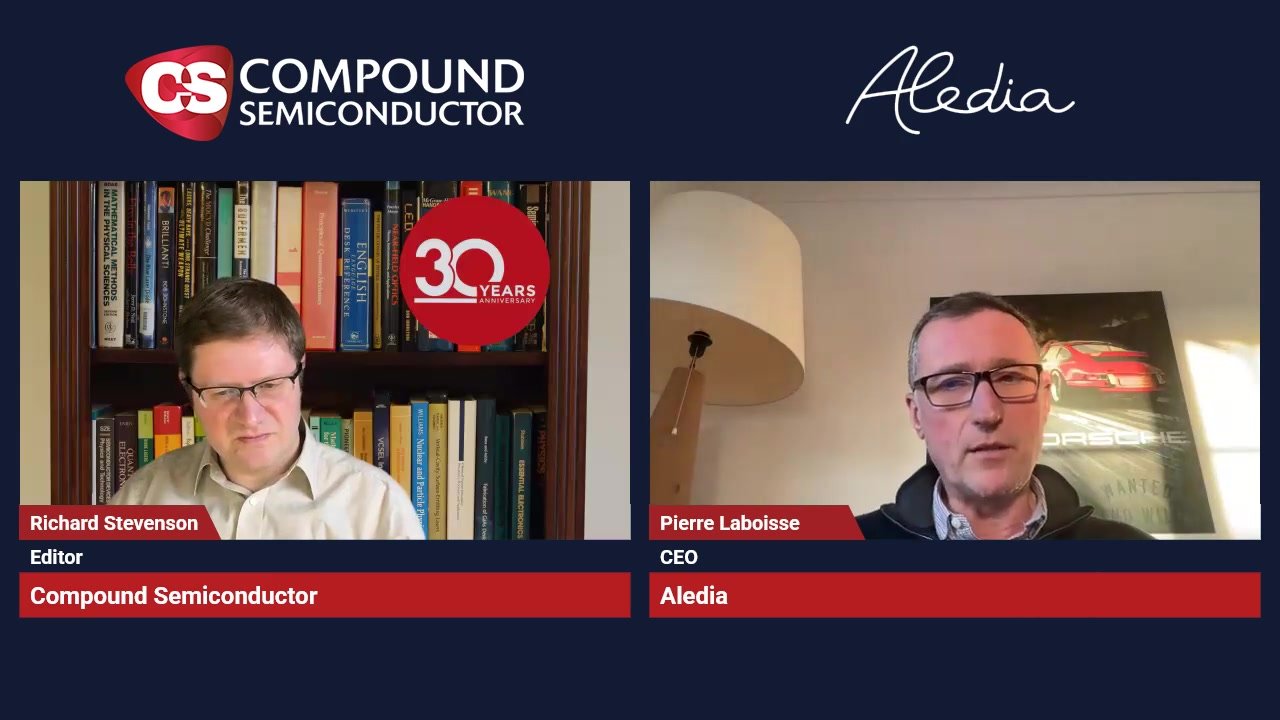New technique boosts terahertz laser power by 80 percent
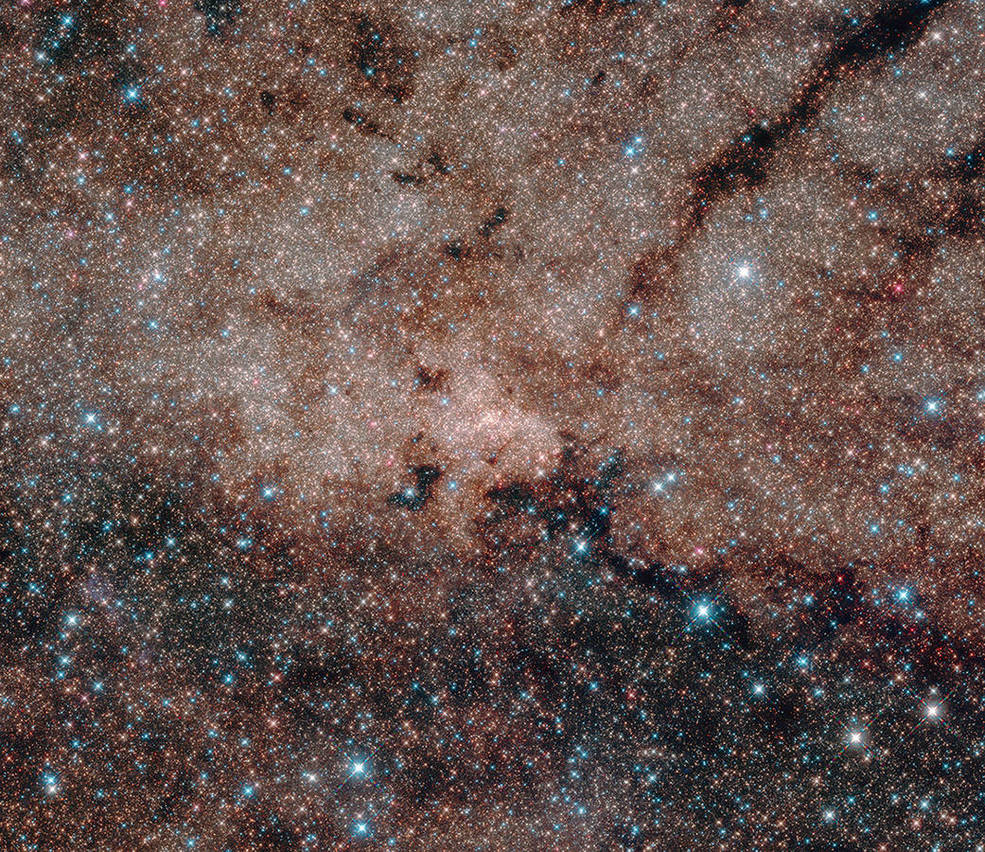
Device has been selected by NASA for its Galactic/Extragalactic ULDB Spectroscopic Terahertz Observatory (GUSTO) mission.
In the latest issue of Nature Photonics, a group at MIT led by Qing Hu and colleagues at Sandia National Labs and the University of Toronto describe a novel design that boosts the power output of chip-mounted terahertz lasers by 80 percent. The researchers' design is a variation on a quantum cascade laser that redirects light that usually exits at the back of the laser.
Bidirectional emission, or emission of light in opposed directions, is a common feature of many laser designs. With conventional lasers, however, it's easily remedied by putting a mirror over one end of the laser. But the wavelength of terahertz radiation is so long, and the researchers' new lasers - known as photonic wire lasers - are so small, that much of the electromagnetic wave traveling the laser's length actually lies outside the laser's body. A mirror at one end of the laser would reflect back a tiny fraction of the wave's total energy.
The group's solution exploits a peculiarity of the tiny laser's design. A quantum cascade laser is based around a long rectangular waveguide designed so that the application of an electric field induces a standing electromagnetic wave along the length of the waveguide.
So Hu's group cut regularly spaced slits into the waveguide, which allow terahertz rays to radiate out. "Imagine that you have a pipe, and you make a hole, and the water gets out," says Ali Khalatpour, a graduate student at MIT and first author on the paper. The slits are spaced so that the waves they emit reinforce each other "” their crests coincide - only along the axis of the waveguide. At more oblique angles from the waveguide, they cancel each other out.
Breaking symmetry
In the new work, Khalatpour and his coauthors - Hu, John Reno of Sandia, and Nazir Kherani, a professor of materials science at the University of Toronto - put reflectors behind each of the holes in the waveguide, a step that can be seamlessly incorporated into the manufacturing process that produces the waveguide itself.
The reflectors are wider than the waveguide, and they're spaced so that the radiation they reflect will reinforce the terahertz wave in one direction but cancel it out in the other. Some of the terahertz wave that lies outside the waveguide still makes it around the reflectors, but 80 percent of the energy that would have exited the waveguide in the wrong direction is now redirected the other way.
The researchers' design is not tied to any particular 'gain medium' or combination of materials in the body of the laser. "If we come up with a better gain medium, we can double its output power, too," Khalatpour says. "We increased power without designing a new active medium, which is pretty hard. Usually, even a 10 percent increase requires a lot of work in every aspect of the design."
Lasers in space
As the best-performing chip-mounted terahertz source yet reported, the researchers' device has been selected by NASA to provide terahertz emission for its Galactic/Extragalactic ULDB Spectroscopic Terahertz Observatory (GUSTO) mission.
The mission is intended to determine the composition the matter that fills the space between stars, and it's using terahertz rays because they're uniquely well-suited to spectroscopic measurement of oxygen concentrations.
The new work was funded by NASA, the National Science Foundation, and the US Department of Energy.

